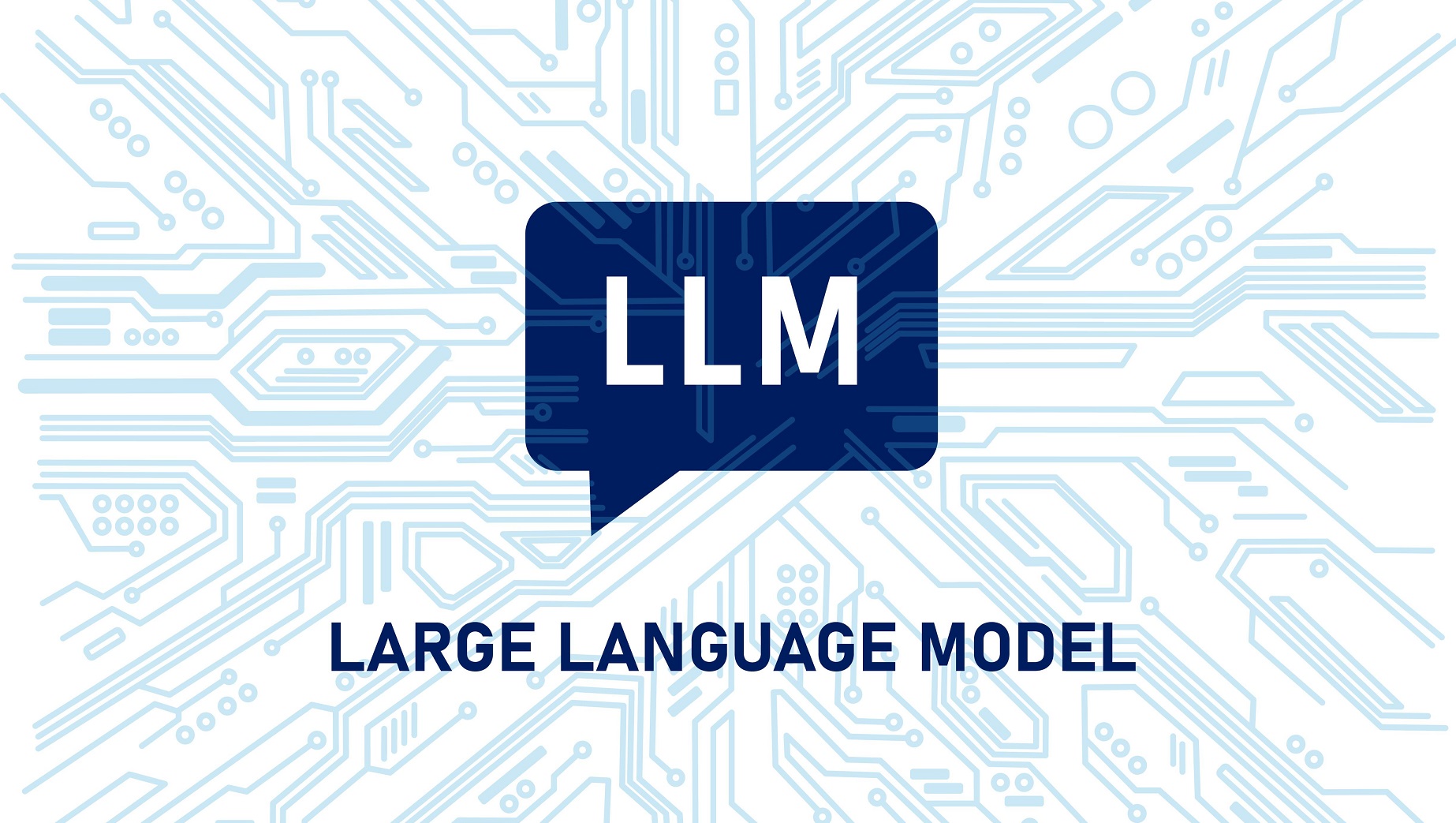# The Perils of Relying on AI Output: Why Proofreading is Essential
In the rapidly evolving world of artificial intelligence (AI), it’s easy to get swept up in the hype and assume that AI-generated content is always accurate and reliable. However, it’s crucial to remember that AI systems, while incredibly powerful, are not infallible. They can and do make mistakes, sometimes with serious consequences. This article explores the importance of being cautious when consuming AI output and the necessity of proofreading to ensure accuracy.
## Understanding AI Limitations
AI systems, particularly language models like the one generating this text, are trained on vast amounts of data. They learn patterns and relationships within that data to generate human-like text. However, this process has inherent limitations:
– **Lack of Real-World Understanding**: AI models don’t truly understand the world in the way humans do. They generate text based on patterns they’ve learned, not from a deep comprehension of the subject matter.
– **Bias in Training Data**: If the data used to train an AI model is biased or incomplete, the model’s output will reflect those biases and gaps in knowledge.
– **Hallucinations**: AI models can sometimes generate text that sounds confident but is entirely made up. This is often referred to as “hallucination.”
## Real-World Examples of AI Gone Wrong
The consequences of relying too heavily on AI output without proper verification can be severe. Here are a few examples:
– **AI-Driven Medical Diagnoses**: In 2019, a woman in the UK was incorrectly diagnosed with breast cancer by an AI system. The false positive caused her immense emotional distress.
– **AI-Generated Misinformation**: AI models can generate highly convincing misinformation. In 2021, a deepfake video of the then-U.S. President Joe Biden went viral on social media, demonstrating the potential for AI to spread false information.
– **AI in Journalism**: Some news outlets have used AI to generate articles, but the results have often been riddled with errors and misleading statements.
## How to Safely Use AI Output
Given these risks, how can we safely use AI-generated content? Here are some best practices:
– **Always Verify**: Don’t take AI output at face value. Always verify the information with reliable sources.
– **Proofread Carefully**: Even if the AI output seems correct, it’s worth proofreading it carefully for any errors or misleading statements.
– **Understand the Limitations**: Be aware of what AI can and can’t do. Don’t use AI output for critical decisions without human oversight.
– **Use AI as a Tool, Not a Replacement**: AI is a powerful tool, but it should augment human capabilities, not replace them.
## The Future of AI and Human Oversight
As AI continues to advance, it’s crucial that we develop and implement robust systems for human oversight. This could include regular audits of AI systems, clear guidelines for AI use, and transparency in how AI models make decisions.
In conclusion, while AI has the potential to revolutionize many industries, we must be cautious in how we use it. AI output should never be taken as gospel truth. Always verify, proofread carefully, and remember that AI is a tool to be used responsibly, not a replacement for human judgment. By doing so, we can harness the power of AI while mitigating its risks.



